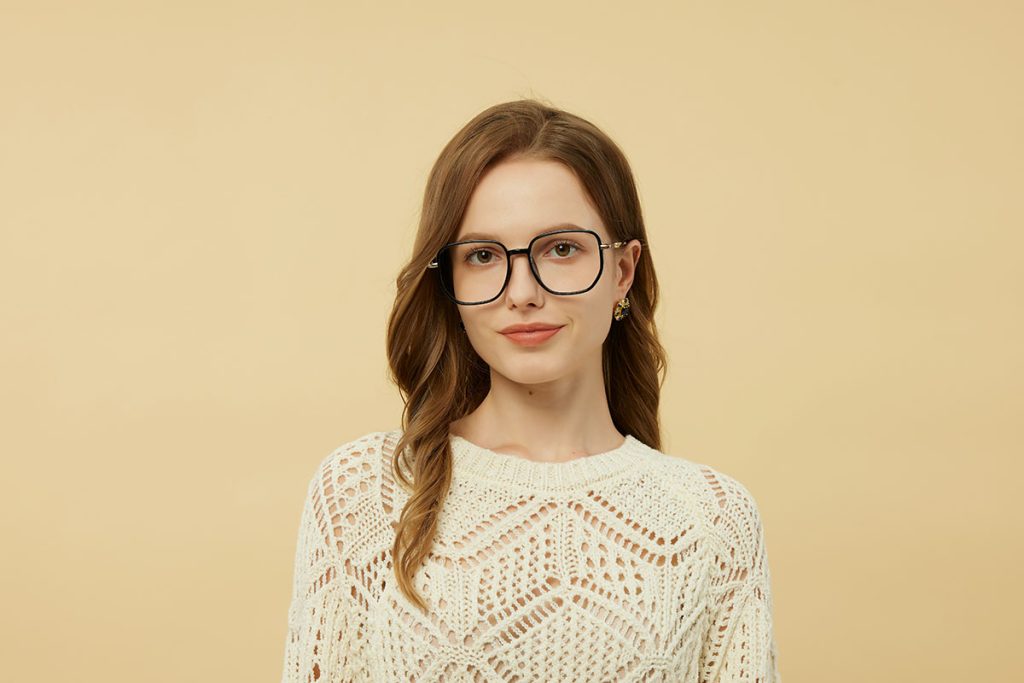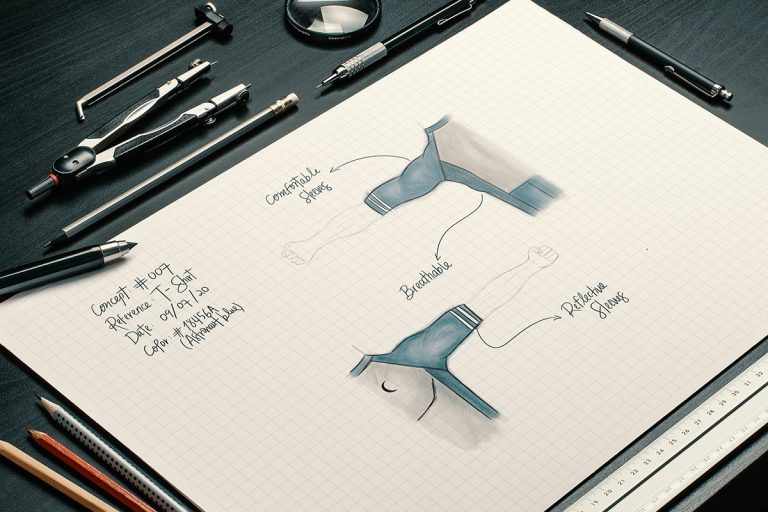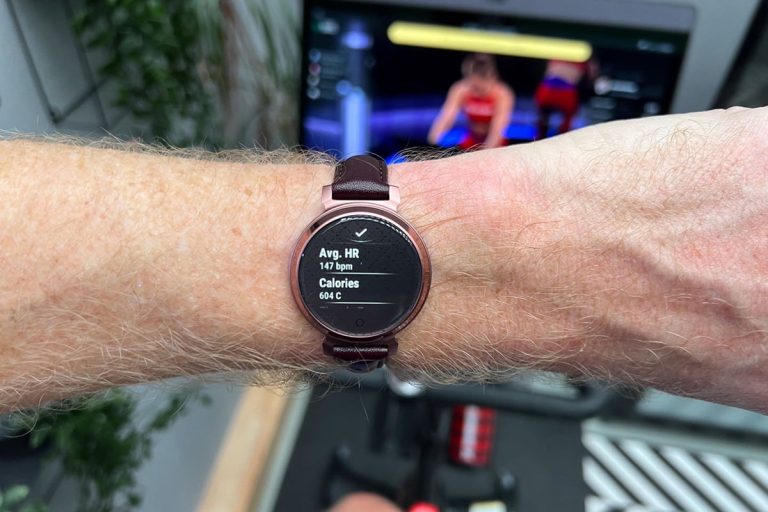
Remember when smart glasses meant looking like you’d wandered off a sci-fi movie set? Those days are mercifully behind us. Today’s smart eyewear has undergone a fashion revolution, with designers finally understanding that people want technology that enhances their style, not destroys it. The latest generation of smart glasses seamlessly blends into your wardrobe, offering features that range from subtle notifications to augmented reality experiences—all while looking like the designer frames you’d actually choose to wear.
The Fashion-First Revolution in Smart Eyewear

Breaking Away from the Gadget Aesthetic
The smart glasses industry has learned from its past mistakes. Early iterations prioritized showcasing technology over wearability, resulting in bulky frames that announced “I’m wearing a computer on my face” from across the room. Today’s designers approach smart glasses differently, starting with fashionable frames and discretely integrating technology rather than building glasses around tech components.
This shift reflects a broader understanding that wearable technology succeeds when it fits into people’s existing lives and style preferences. Modern smart glasses are designed by fashion houses and eyewear specialists first, with technology partners adding features that don’t compromise the aesthetic appeal.
What Makes Smart Glasses “Stylish” in 2025
Contemporary stylish smart glasses share several key characteristics:
- Familiar Silhouettes: They look like regular prescription or sunglasses you’d find at any optician
- Premium Materials: Acetate, titanium, and sustainable materials replace obvious plastic tech housings
- Discrete Components: Batteries, speakers, and sensors hide within normal-looking temples
- Customization Options: Multiple colors, patterns, and even prescription lens compatibility
The Style Leaders: Smart Glasses That Fashion Editors Actually Wear

Ray-Ban Meta Smart Glasses (Starting at $299)
Ray-Ban’s collaboration with Meta represents the gold standard in fashionable smart eyewear:
Iconic Design Preserved: Available in Wayfarer, Round, and new Headliner styles, these maintain Ray-Ban’s classic aesthetic completely. The technology integration is so subtle that most people won’t realize they’re smart glasses unless you tell them.
Fashion-Forward Features: Choose from over 20 frame and lens combinations, including transparent frames, tortoiseshell patterns, and gradient lenses. The glasses work with prescription lenses, making them practical for daily wear.
Subtle Tech Integration: Built-in speakers provide surprisingly good audio without visible components. The cameras blend seamlessly into the frame corners, and the LED indicator is tiny and unobtrusive.
Amazon Echo Frames (3rd Gen) ($269-$369)
Amazon’s latest iteration finally gets the style equation right:
Contemporary Shapes: Moving beyond basic rectangles, the new collection includes cat-eye, round, and square options that follow current eyewear trends. The frames come in sophisticated colorways like navy fade and classic tortoise.
Minimalist Approach: Amazon chose to focus on audio and voice assistance rather than cameras or displays, allowing for slimmer, more elegant frames that genuinely look like regular glasses.
All-Day Wearability: At just 31 grams, they’re lighter than many regular glasses, with battery life extending through a full day of typical use.
Lucyd Lyte 2.0 ($149-$199)
The budget-friendly option that doesn’t compromise on style:
Designer-Inspired Options: Lucyd offers frames that mirror high-end designer styles, including oversized squares, vintage rounds, and modern geometric shapes in trendy color combinations.
Sustainable Style: Several models feature eco-friendly materials like recycled ocean plastic, appealing to environmentally conscious fashion lovers.
Prescription-Ready: All styles accommodate prescription lenses, with some models offering magnetic sun clips for versatility.
Rokid Max AR Glasses ($439)
For those wanting cutting-edge tech in a surprisingly wearable package:
Futuristic Minimalism: While more tech-forward than others, Rokid’s design language emphasizes clean lines and a lightweight build that reads more “designer” than “developer.”
Fashion Versatility: The matte black finish with subtle metallic accents coordinates with both casual and business attire. The frames fold compactly, fitting into cases indistinguishable from regular sunglass cases.
Statement Without Shouting: These glasses make a subtle style statement for early adopters without the aggressive tech aesthetic of previous AR attempts.
Fauna Audio Glasses ($199-$249)
European design meets acoustic innovation:
Sophisticated European Styling: Fauna’s Italian-designed frames wouldn’t look out of place in a Milan boutique. Available in classic shapes with unexpected details like crystal temple tips and two-tone colorways.
Luxury Materials: Using Mazzucchelli acetate—the same material found in high-end designer frames—these glasses feel premium in hand and on face.
Discrete Excellence: The audio technology is completely invisible, with speakers hidden in normal-looking temples that come in various fashionable finishes.
Styling Smart Glasses for Different Occasions

Professional Settings
Smart glasses excel in workplace environments where discretion matters:
Executive Style: Pair classic black or tortoiseshell frames with traditional business attire. The ability to take calls or access information hands-free adds functionality without compromising professional appearance.
Creative Fields: Choose bold colors or unique shapes that express personality while providing tech capabilities for presentations or collaborative work.
Casual and Social
Smart glasses transition seamlessly to personal time:
Weekend Versatility: Wayfarer-style smart glasses work equally well with athleisure for morning runs (with music streaming) or casual brunches (with photo capabilities).
Evening Options: Some models offer transitional lenses or swappable magnetic clips, allowing the same frames to work from day meetings to evening events.
Active Lifestyles
Modern smart glasses accommodate various activities:
Fitness-Friendly: Lightweight frames with secure fits work for everything from cycling to hiking, with voice coaching and music playback enhancing workouts without additional devices.
Travel Companion: Built-in translation features and navigation prompts make smart glasses invaluable for travelers who want to stay connected while keeping hands free for luggage and cameras.
The Technology That Matters (Hidden in Plain Sight)
Audio Excellence Without Bulk
Today’s smart glasses deliver impressive audio through:
- Directional speakers that minimize sound leakage
- Bass optimization that compensates for open-ear design
- Dual microphones with noise cancellation for clear calls
Visual Features That Don’t Dominate
Whether cameras or displays, visual tech integrates naturally:
- Cameras positioned to capture natural point-of-view
- Micro-displays that appear only when needed
- Privacy indicators that are noticeable but not garish
Battery Life That Lasts
Modern smart glasses balance features with practical battery life:
- 4-6 hours of active use
- Quick charging (often 30 minutes for 80%)
- Some models include portable charging cases
Making the Right Choice for Your Style
Consider Your Lifestyle
Match features to your actual needs:
- Frequent calls? Prioritize audio quality
- Content creator? Camera quality matters most
- Fitness enthusiast? Look for secure fit and water resistance
- Fashion-forward? Focus on frame variety and customization
Investment Considerations
Smart glasses pricing reflects both tech and fashion value:
- Entry level ($149-$249): Basic features, good style
- Mid-range ($250-$399): Better materials, more features
- Premium ($400+): Cutting-edge tech, luxury materials
The Future of Fashionable Smart Eyewear
As technology continues to miniaturize and fashion brands embrace innovation, smart glasses are poised to become as common as smartphones. The key to their success lies not in flashy features but in thoughtful integration that respects personal style while adding genuine value to daily life.
The smart glasses of 2025 prove that wearable technology has finally grown up, offering sophisticated options for those who refuse to sacrifice style for functionality. Whether you’re drawn to classic Ray-Ban silhouettes with hidden smarts or cutting-edge AR experiences in designer frames, there’s never been a better time to embrace eyewear that’s both intelligent and elegant.
Frequently Asked Questions
Q: Do smart glasses make you look like you’re constantly recording people?
A: Modern smart glasses include subtle LED indicators when recording, and many models focus on audio features rather than cameras. The discrete designs help avoid the “creepy surveillance” look of earlier models.
Q: Can I get prescription lenses in smart glasses?
A: Yes, most featured models accommodate prescription lenses. Ray-Ban Meta, Echo Frames, and Lucyd all offer prescription options through authorized opticians or online services.
Q: How’s the audio quality compared to regular earbuds?
A: While not matching high-end earbuds for bass response, smart glasses provide surprisingly clear audio for calls, podcasts, and casual music listening. The open-ear design keeps you aware of surroundings.
Q: Will smart glasses give me a headache from the weight?
A: Modern smart glasses weigh between 30-50 grams, comparable to regular eyeglasses. Weight distribution is carefully balanced to prevent pressure points during extended wear.
Q: Are smart glasses worth it if I don’t wear regular glasses?
A: Many models offer non-prescription lenses or sunglass options. The hands-free convenience for calls, navigation, and music makes them valuable even for those with perfect vision.


